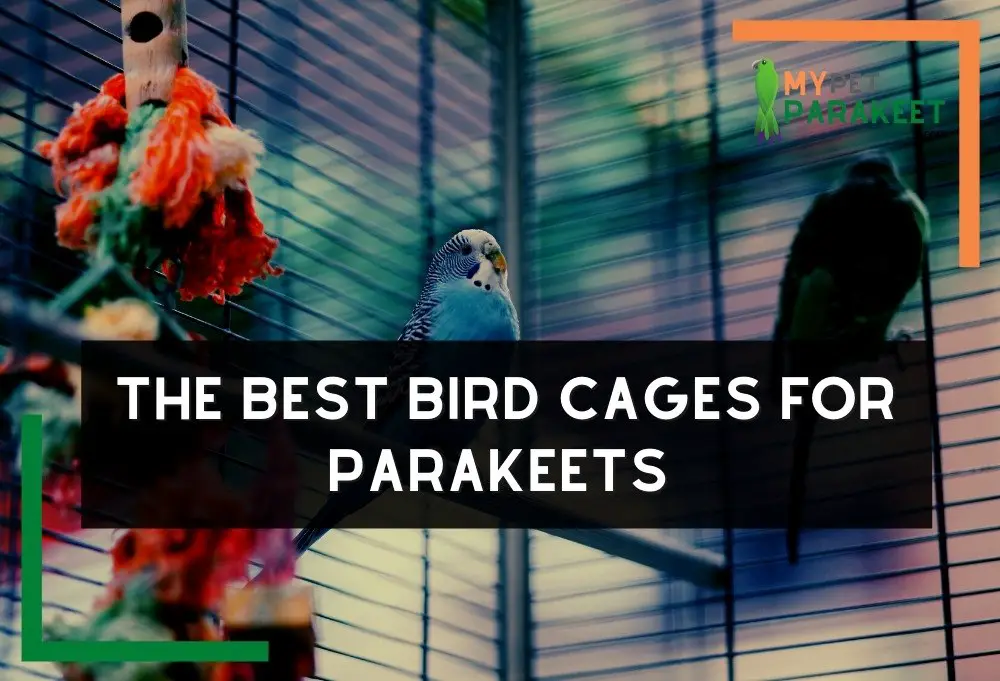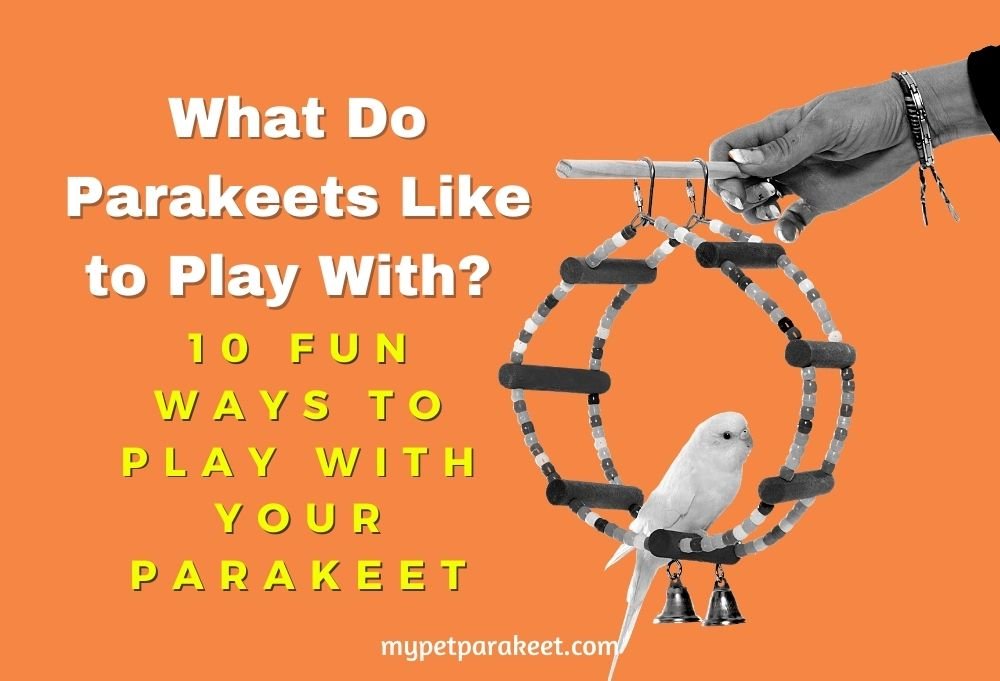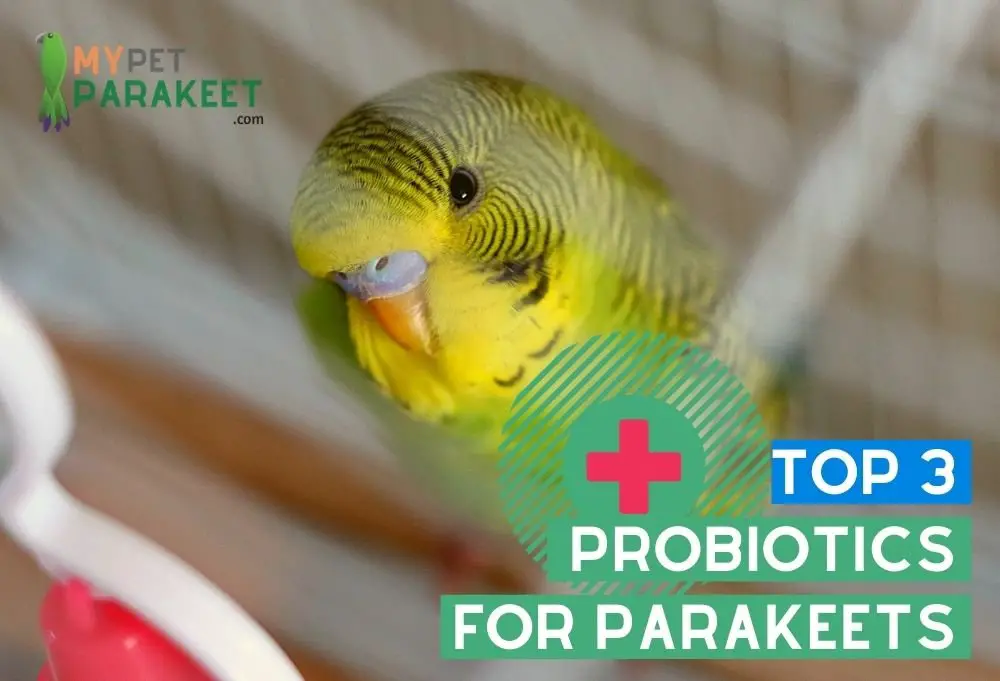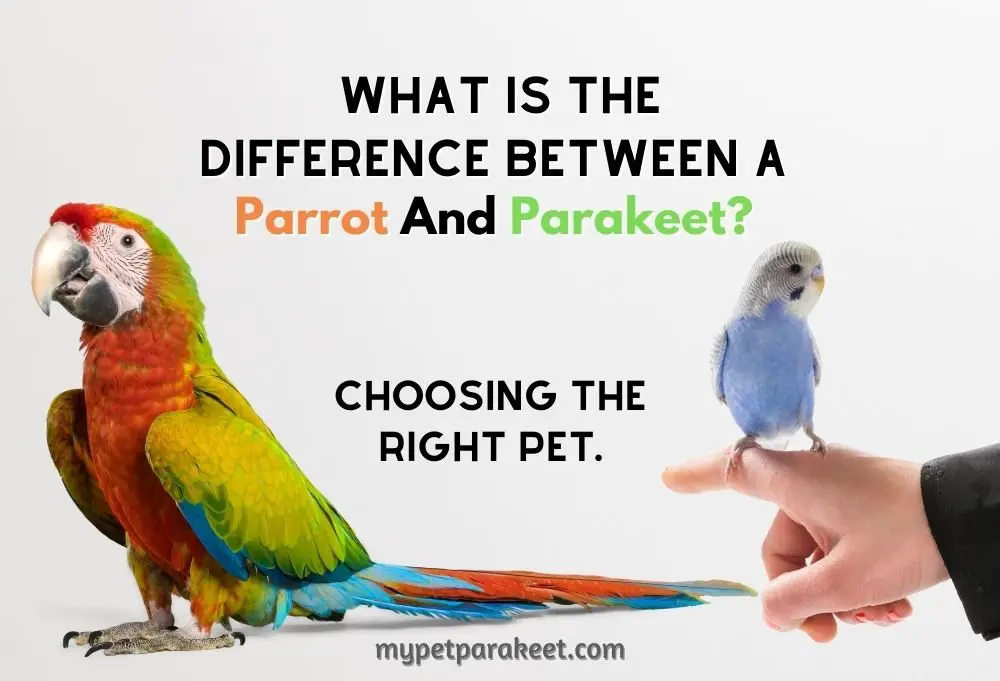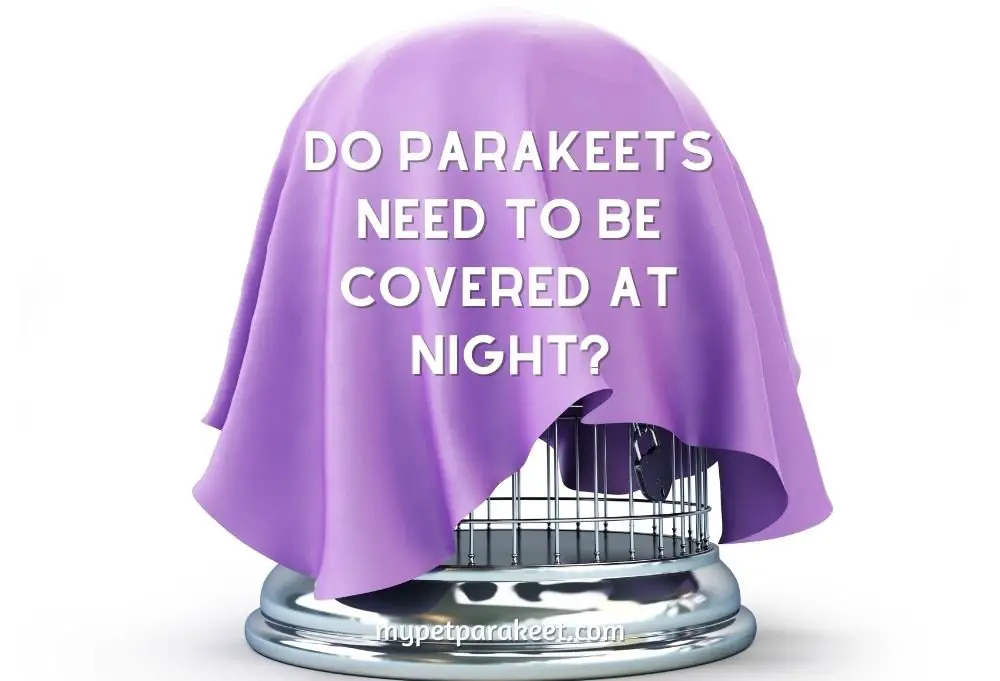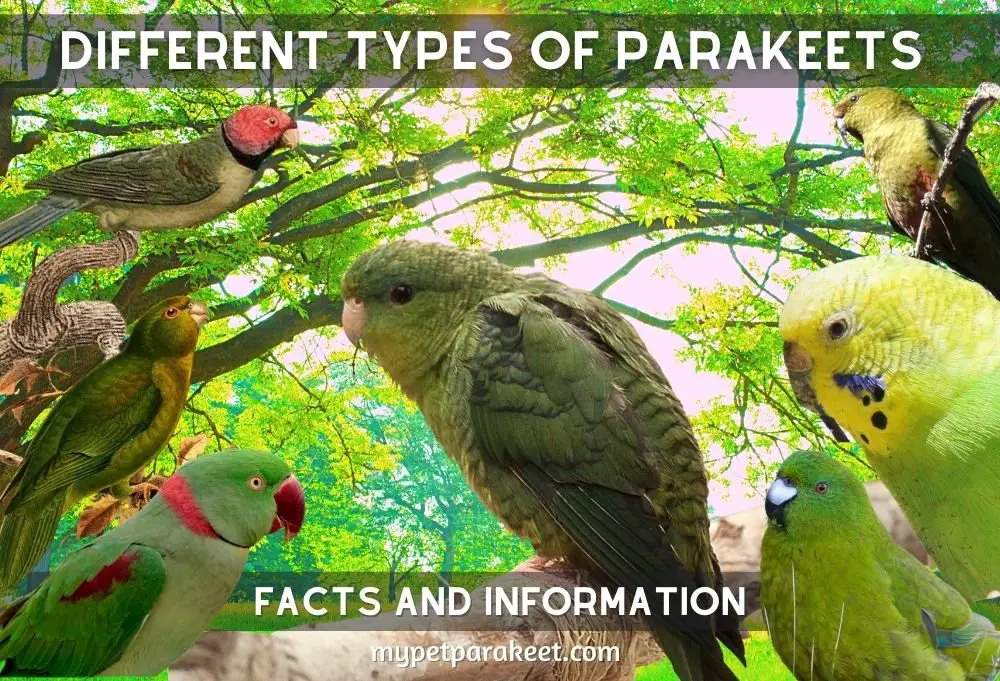If you're looking for a pet, but are unsure which one is best suited for your lifestyle, then this article will help. Parakeets and lovebirds are both small, quiet, colorful birds that can make wonderful pets and offer companionship to their owners.
- Are Parakeets Love Birds?
- 10 Key Similarities And Differences Between Parakeets And Lovebirds
- Are Parakeets Or Lovebirds Louder?
- Are Lovebirds Friendlier Than Parakeets?
- Do Lovebirds Make Good Pets?
- Can Parakeets And Lovebirds Live Together?
- Can Lovebirds And Parakeets Mate?
- Are Lovebirds High Maintenance?
- Don't Forget Your Pet Parakeet Must-Haves!
However, they have some key differences in terms of behavior, personality and care requirements that make them better or worse for different people.
A parakeet will be very active and playful whereas a lovebird prefers to spend its time cuddling with you or other family members. If you're not sure which bird might be right for your lifestyle – read on!
Are Parakeets Love Birds?
First thing's first, many people think that parakeets and lovebirds are the same types of birds. But no, parakeets are not lovebirds. They may be similar in size and color, but the two have some unmistakable differences which we will detail below.
Parakeet (Budgerigar)
Parakeets, in appearance, have slimmer bodies with longer tails compared to Lovebirds. Parakeets are mostly green though you could find rare breeds with different color variations. In addition to the green color, you will find some parakeets with shades of yellow on the head and some bits of blue accents over the head and neck.
Parakeets are a bit more laid-back in terms of activity.
They do not make a lot of noise unless startled or in distress.
On a normal day, your pet Parakeet will make soft and pleasant noises that could never bother you or your neighbors.
Parakeets also come with small beaks, and you can expect to bond with yours for up to 15 years.
In general, these birds have a lifespan of ten to fifteen years.
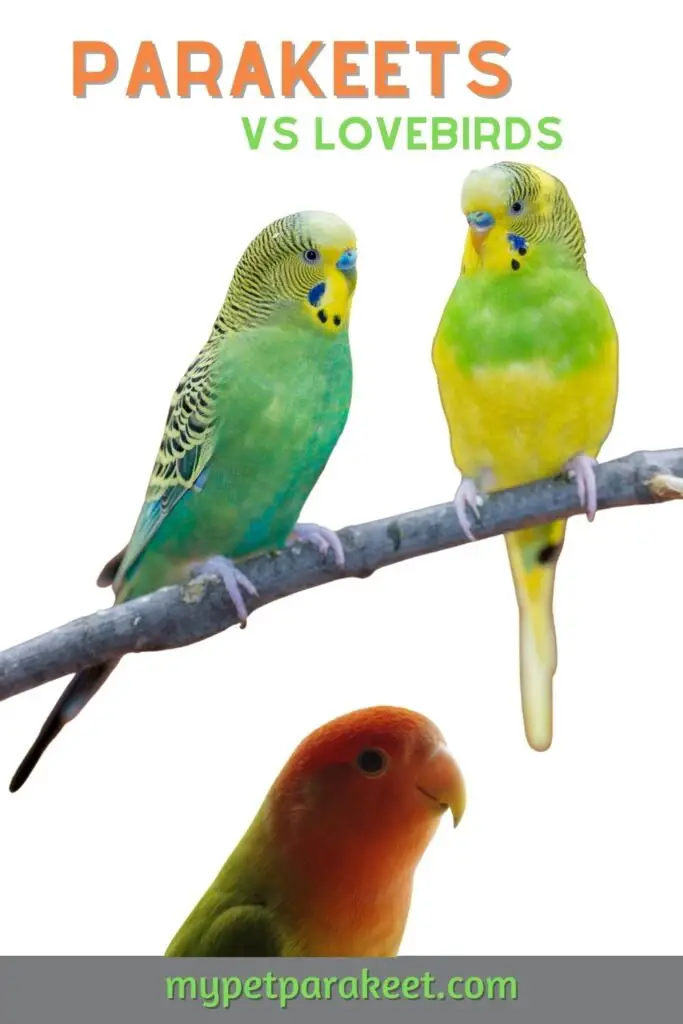
However, with good care and gentle training, a Parakeet can live longer than the 15 years. The longest living parakeet lived for 29 years, so it would be best to understand how best to take care of yours.
To touch a bit on how you may take the best care for your parakeet; this bird is a bit sensitive and will need daily care/handling for it to bond and build trust with you. For a family of more than one person, it would help to observe this important routine to guarantee a stress-free environment.
As with all pets, a parakeet also needs constant, if not daily, training for it to deviate from its natural instincts for the wild.
Lovebirds
Unlike parakeets, lovebirds can live for more than 10 to 15 years with the best care and stress-free environment.
One way to differentiate a lovebird from a parakeet is by appearance.
A lovebird comes with a stocky body plus a shorter tail.
It also has a bigger beak, and will naturally sport different color combinations.
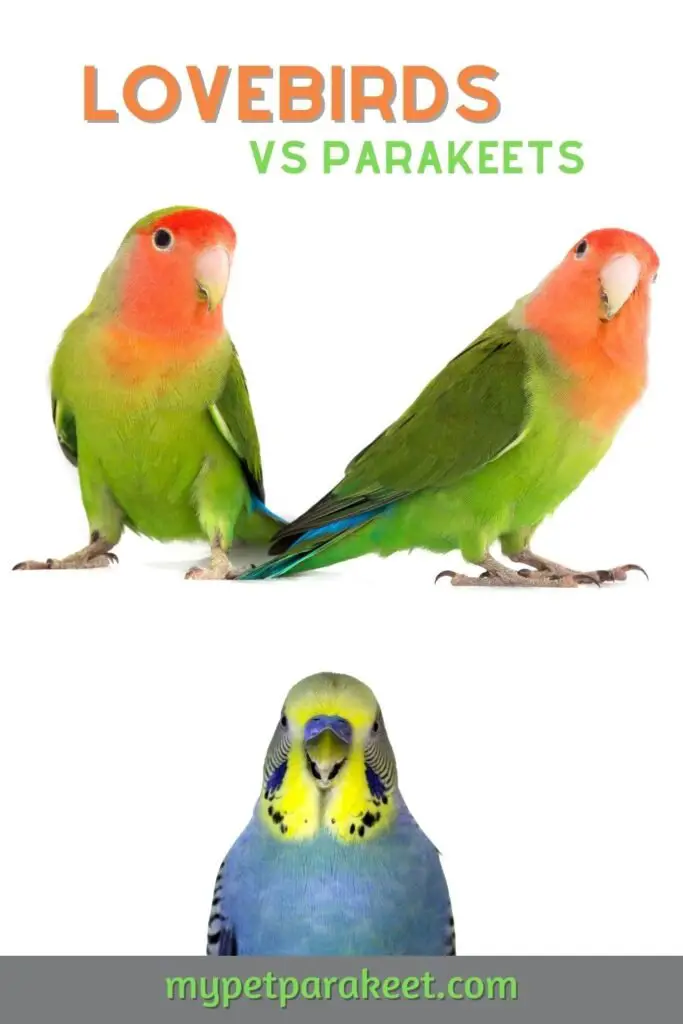
Your lovebird will also be noisier, thus best for you to have enough space between your home and your irritable neighbor. A lovebird makes louder screeches on a normal day; and while these can be already irritating, they will get worse if the bird is startled or in discomfort.
In terms of care and handling, a lovebird is less demanding than a parakeet. However, it will also need constant handling to build trust. A lovebird is able to master and retain new schedules better than a parakeet, but will, nonetheless, also require frequent training to wean off its natural instincts.
10 Key Similarities And Differences Between Parakeets And Lovebirds
- The parakeet is a smaller bird with a low-pitched sound, whereas the lovebird has a more higher-pitched sound.
- Lovebirds have shorter tails than parakeets which makes them easier to handle because they don't fly as much
- Parakeets are not as vibrant and colorful as their lovebird counterparts but they both come in many different colors.
- Parakeets have longer beaks which allows them to eat food that isn't cut up for them while the lovebird's short beak means it needs its food prepped before eating.
- Lovebirds will often use their tail to communicate with you, waving it from side to side or holding it up as a sign of dominance whereas parakeets are more likely to bite and screech.
- Both types of birds enjoy playing with toys and hanging out on their owners' shoulders.
- A lot of people think that lovebird sounds are cuter and sweeter-sounding than those made by parakeets.
- The price for both birds is about the same, but it's easier to find a breeder for parakeets in some areas.
- Parakeets and lovebirds have different lifespans – a parakeet can live 15 to 20 years, while lovebirds have an average lifespan of about 12-14 years.
- Lovebirds tend to be more aggressive to other bird species, especially smaller birds, compared to parakeets.
Are Parakeets Or Lovebirds Louder?
They both have a range of calls, from low-pitched cooing to high-pitched squawks. However, lovebirds are generally louder as they make sharper screeches compared to parakeets’ babbling.
And, since lovebirds are more sociable, you stand a better chance if you can withstand the constant screeches throughout.
Are Lovebirds Friendlier Than Parakeets?
Parakeets and lovebirds are both friendly pets, but you will find lovebirds more welcoming and sociable. Also, due to their outgoing nature, lovebirds are easier to train and bond with.
Do Lovebirds Make Good Pets?
If you love birds as pets, a lovebird may be just what you need. However, you also will need to be ready to find enough time to bond with one and listen to their higher-pitched screeches.
A lovebird is easier to train, and as a more sociable parrot, it is also easier to communicate with and understand.
A lovebird also will come in different vibrant colors so you won’t hesitate to chill with them in your sitting room.
In terms of diet, lovebirds will survive with different types of grain and fresh fruits. Some other additions to a lovebird’s diet include some wild plants and different vegetables.
Can Parakeets And Lovebirds Live Together?
Unless you get your pets at a very young age and at first, keep them in separate cages, lovebirds and parakeets do not fare well when living together and in the same cage.
Naturally, a lovebird is more aggressive and stronger than a parakeet. It is also very territorial and thus, could physically harm a parakeet with the stronger beak and body.
However, there is a chance you can properly train these two birds to live together, but only if you get them at very young ages and keep them in close proximity, but separate cages for at least a year.
This way, they will gradually bond with each other and hopefully, you can leave them together in the same cage without fearing for the safety of your parakeet.
Can Lovebirds And Parakeets Mate?
Some people might be under the impression that parakeets could mate with lovebirds, but according to animal experts this is impossible.
The eggs they produce will not survive as a result of them being from two different species and there can't be any fertilization because male birds from a different species cannot mate with female ones.
Even across all the different lovebird species, you would be hard-pressed to find a pair capable of creating fertile eggs. The result is likely to be an infertile egg, the DNA just isn't compatible.
Are Lovebirds High Maintenance?
Compared to other bigger bird pets, lovebirds are on the lower maintenance bracket. You don’t expect to spend a lot of money purchasing one. However, you will need to get a sturdy cage for your pet, and also plan a good pellet-based diet for it.
It is worth noting that a lovebird is habitually accustomed to captivity, and depending on the age of your new one, you may need to invest more time and resources, (toys, perches, cage litter, and other miscellaneous items) to get your bird ready to survive in your home.





